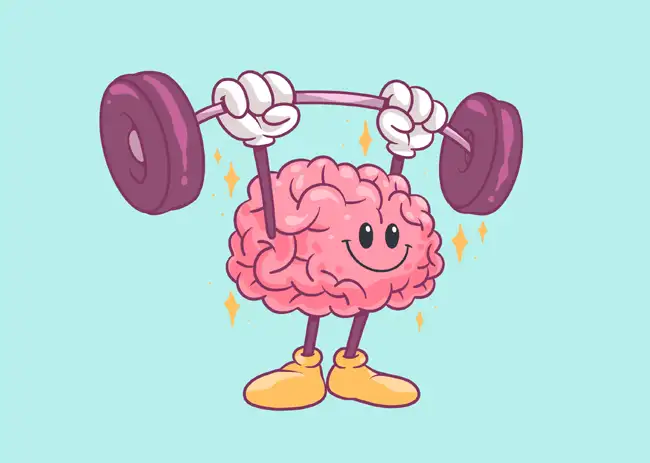Brain Energy IELTS Listening Reading Practice Brain Energy IELTS Listening Reading Practice Lecturer, author or publisher: Richard E. Cytowic on TED-Ed Brain Energy IELTS Reading Practice https://www.youtube.com/watch?v=5NubJ2ThK_U Brain energy An enduring myth says we use only 10% of our brain, the other 90% standing idly by for spare capacity. Hucksters promised to unlock that hidden potential with methods based on neuroscience, but all they really unlock is your wallet. Two-thirds of the public and nearly half of science teachers mistakenly believe the 10% myth. The 10% Myth In the 1890s, William James, the father of American psychology, said, “most of us do not meet ...
Home » Listening Practice in English » Brain Energy IELTS Listening Reading Practice

Brain Energy IELTS Listening Reading Practice
Updated: by Dr. Mohammad Hossein Hariri Asl
Time to Read: 7 minutes | 394 Views | 8 Comments on Brain Energy IELTS Listening Reading Practice
Share This Post
About the Author
Dr. Mohammad Hossein Hariri Asl is an English and Persian instructor, educator, researcher, inventor, published author, blogger, SEO expert, website developer, entrepreneur, and the creator of LELB Society. He's got a PhD in TEFL (Teaching English as a Foreign Language).
Number of Posts: 4242



It is really weird that we can only use 10 % of our brain. I saw some where that if we can use 100 % of our brain we can even move so many different things by just being focus. I think humanity would’ve be different if we could’ve use 100 % of our brain.
I don’t think utilizing our brain power up to 100% would be feasible because our brain would be in danger from a medical point of view.
I enjoyed this documentary. The brain is truly one of the most amazing and fascinating organs of the human body. Before, I used to blame myself for not being a good multitasker. Now, watching this documentary was a relief for me.
In fact, our brain is not designed for multitasking, especially when the tasks are complex and equally important in the foreground of our attention.
2. What is the specific feature of humans’ brains?
Thank you for this question on human brain.
1. What is sparse coding?
Thanks for raising a question on this post about brain energy.